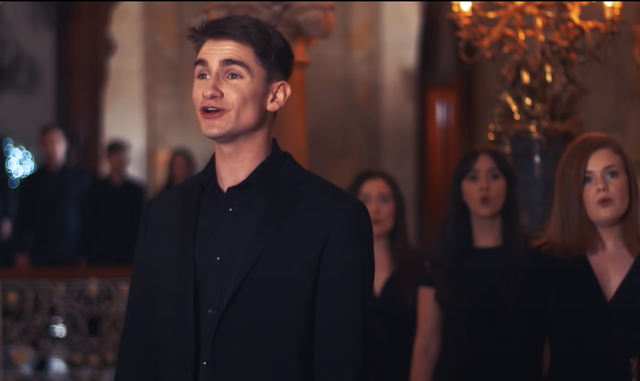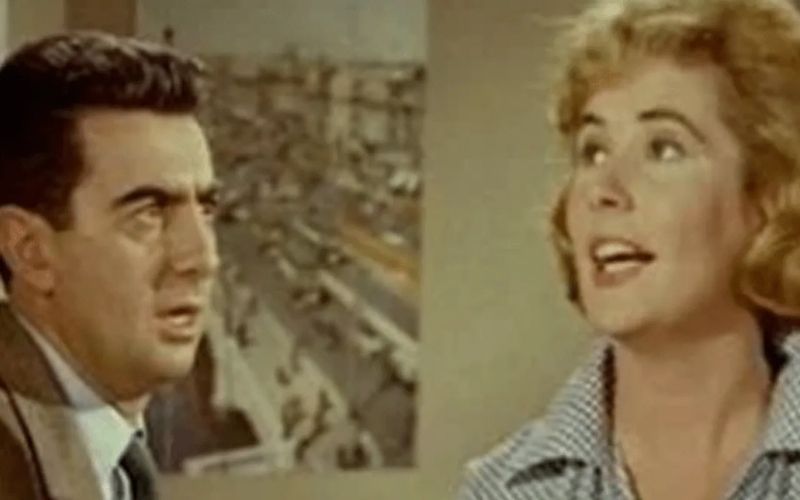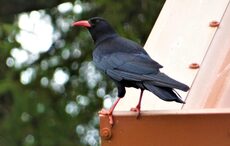"Dúlamán"(seaweed, in Irish) is an age-old song that will stay stuck in your head once you hear it and this version from the Choral Scholars of University College Dublin is particularly catchy.
It's infectious and burrows into your brain and before you know it, the ancient Irish rhythm will be stuck with you for the day.
The song itself is an old working song from the north of Ireland. Dúlamán references two types of seaweed, one for eating and one for dyeing.
The two types of seaweed represent two different characters in the song - one is a poor worker trying to court a young woman, the other is her wealthy father.
The poor man tries to convince the father to allow him to marry his daughter and says that he will buy her lots of expensive gifts. The father, meanwhile, rejects the young man's advances and says that he can provide as many gifts as his daughter wants.
This version opens with a bodhrán - a traditional Irish percussion instrument made with goatskin - and features very little instrumentation.
The song was arranged by Desmond Earley and sung by Ciarán O'Donovan and it features on the album Perpetual Twilight, which was released by the Choral Scholars of UCD in 2019.
The group has released several other efforts, including an incredible version of Mo Ghile Mear in 2017, and they almost always hit the mark.
Featuring spine-tingling harmonies and an incredibly catchy chorus, Dúlamán is the perfect song to play during Seachtain na Gaeilge 2020 or during the upcoming St. Patrick's Day festival.
One of the most famous renditions of Dúlamán is by the Irish group Clannad, who recorded the song on their 1983 album "Magical Ring". The album was a huge success both in Ireland and abroad, and helped to popularize traditional Irish music around the world. The band's haunting, ethereal rendition of Dúlamán is considered by many to be one of their best-known and most beloved songs.
Dúlamán has also been adapted into many different styles and genres of music over the years, including rock, jazz, and even techno. The song's melody and rhythm are so distinctive that they can be easily recognized even in these modern adaptations.
* Originally published in March 2020. Updated in 2024.




Comments